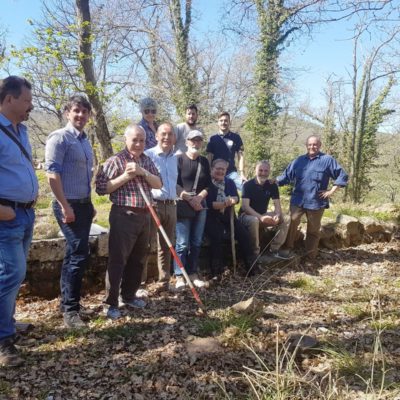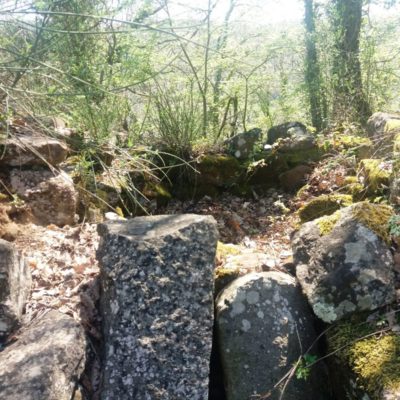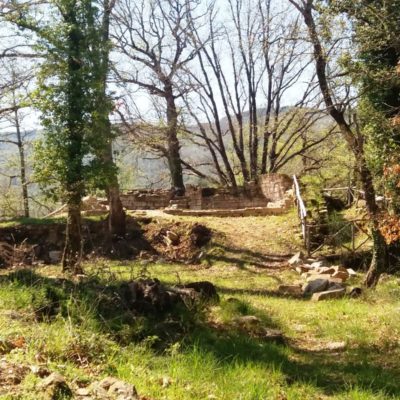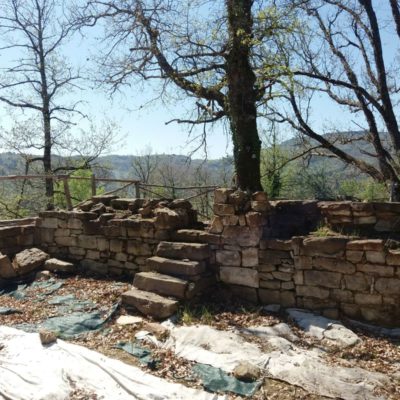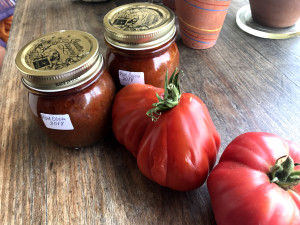Articolo disponibile anche in: Italian
The ancient castle in Lucolena has been protected by the beautiful nature of the Chianti for a thousand years, surrounded by its colours, scents and fresh mountain air.
Today it’s been unveiled and brought back to life, and it gives us some clues on how people used to live here in the Middle Ages.
Ruins of stone buildings and towers have emerged from the woods, a large structure that tells us that at least twenty-five families lived in this castle between 1000 and 1200. All around it, Chianti scrub covers the hill that reaches an altitude of 500 meters.
The location is Lucolena, on the slopes of Monte San Michele, the “roof of the Chianti region”, where tall oaks and poplars magically embrace the magnificent Castellaccio.
This discovery is the result of eighteen years of archaeological investigations and thirteen excavation campaigns – conducted by the Municipality of Greve in Chianti, coordinated by the Gruppo San Michele association – Gev Chianti, chaired by Andrea Garuglieri, under the supervision of the Sovrintendenza, in collaboration with the archaeologists and volunteers of the Gruppo San Michele.
Today the archaeological site lets the stones speak and shows us the various sections of this Medieval castle’s structure.
The first inspection took place, with the mayor Paolo Sottani, the assessors Stefano Romiti and Lorenzo Lotti, together with the team of the Gruppo San Michele.
“The tower houses’ structures are clearly visible,” explains Andrea Garuglieri, president of the Gruppo San Michele, “They are located at the northern and southern far ends of the complex. Inside, we can see where the village was, surrounded by a curtain wall. The most important buildings are the north keep and the south keep. Some interesting finds are the cistern for collecting rainwater and the communal oven used for making bread, a typical structure of the Chianti region. The dough was prepared and brought in by the housewives, who used to mark it with certain symbols made by hand”.
The archaeological survey has just concluded a very important phase, and the people in charge would like to extend the excavation area and to start a collaboration with the Gruppo Avvistamento Incendi Boschivi (Wildland Fire Group) for the conservation and maintenance of the site.
